Fancy Honey Bee Cocktail is a super fancy variation on the Jamaican Rum Sour cocktail the Honey Bee which calls for Jamaican Rum, lemon, and honey. This fancy version of the Honey Bee adds an egg white for rich texture and volume and uses a Spiced Lemon & Orange Oleo Saccharum Shrub for luscious mouthfeel, added spice notes and intense citrus aroma and sour flavour. The Fancy Honey Bee is a more elaborate version of the Honey Bee Cocktail appearing in David Embury’s (1948: 141) book The Fine Art of Mixing Drinks, where he offers a variation using lemon as well as orange juice. This fancy variation adds lemons and orange to a Spiced Lemon & Orange Oleo Saccharum Shrub with star anise, cinnamon, and cardamom. The orange oils and orange juice as well as the spices connect with and highlight the orange fruity and spice notes in the aged Jamaican Rum.
What is a Honey Bee Cocktail? Jamaican Rum variation of Bee’s Knees
A Honey Bee cocktail appears in David Embury’s (1948: 141) book The Fine Art of Mixing Drinks and is a variation on the 1920’s Bee’s Knees Gin Cocktail that calls for lemon, honey, and Gin, where instead, Jamaican Rum is used as a base paired with fresh lemon juice and honey for a delicious Sour cocktail.
Bee’s Knees, Mrs. Brown 1929: Women’s Bars in Paris, “a rather sweet combination including honey and lemon”
Bee’s Knees is a 1920’s expression meaning the best, along with the cat’s whiskers. Bee’s Knees is also the name of a Sour Gin cocktail calling for lemon and honey popular in 1920’s women’s bars in Paris – see Eric Felten’s (Felten 2022:76) article Bee’s Knees in The Oxford Companion to Spirits & Cocktails. Colloquially ‘the women’s bar’ was known as a ‘steam room’, due to heavy smoky atmosphere from cigarettes, and in 1929 the wealthy women socialite customers with a taste for cocktails and the new mixed gender social space of the women’s bar itself was seen as lucrative for business being described as ‘a pot of gold’ in a story appearing in the April 1929 edition of The Standard Union (Anon. 1929: 2; Anon. 2013; Ramirez 2019).
Cocktail historians Jared Brown and Anistatia Miller (2022) in their article Is the Bee’s Knees Cocktail Making a Comeback? in Imbibe Live and in Sip (Sipsmith 2019: 58) describe how they discovered this story in the April 1929 edition of The Standard Union (Anon. 1929: 2) when doing research for their book, and how the anonymous authour credits the Bee’s Knees cocktail containing honey and lemon, as being the creation of Mrs. J.J. Brown:
“The “Bee’s Knees” is an invention of Mrs. J.J. Brown of Denver and Paris, widow of the famous miner, and is a rather sweet combination including honey and lemon.”
Anon. (1929). Bars in Paris for ‘Madame’ Close Doors to Mere Male: Each Fair Customer has Favourite Cocktail. In: The Standard Union, 22 April, 2.
Jared Brown and Anistatia Miller (2022) in Is the Bee’s Knees Cocktail Making a Comeback? and in Sip (Sipsmith 2019: 58) explain that Mrs. J.J. Brown was a famous and wealthy socialite Margaret Tobin who married J.J. Brown, a Colorado gold miner who made a huge gold strike, she was also known as Mrs. Margaret Brown and after she survived the Titanic disaster as ‘The Unsinkable Molly Brown’ and musicals and films including the movie Titanic have celebrated her life.
Bee’s Knees, Frank Meier 1929: Bar du Ritz, Paris
Published recipes for the Bee’s Knees cocktail calling for lemon, honey and Gin appear in Cocktails de Paris by RIP (G G Thenon) with the published recipe attributed to Frank Meier of Bar du Ritz (Meier 1929: 72) and in Frank Meier’s (Meier 1936: 25) own cocktail book The Artistry of Mixing Drinks. Jared Brown and Anistatia Miller (2022) in Is the Bee’s Knees Cocktail Making a Comeback? indicate that it is still a mystery as to which particular women’s bar in Paris Mrs. Brown frequented when she created the Bee’s Knees – could it have been the Ritz?
Honey Bee, David Embury 1948: ‘Jamaica Rum’ variation on the Bee’s Knees
I have used the Honey Bee recipe provided by David Embury (1948: 141) in his book The Fine Art of Mixing Drinks where he offers a variation on the Bee’s Knees – the Bee’s Knees recipe he provides is:
“1 part Honey
David Embury (1948: 141). The Fine Art of Mixing Drinks. Mud Puddle: New York.
2 parts Lemon Juice
8 parts Gin”
As a variation Embury (1948: 141) recommends adding ‘1 to 2 parts’ orange juice and in a further variation called the Honey Bee he swaps out the Gin base for ‘Jamaica Rum’.
A Honey Bee Cocktail Formula: Jamaican Rum Sour
Putting all this information from Embury’s (1948: 141) book The Fine Art of Mixing Drinks together we can construct a basic Honey Bee Cocktail formula:
- ¼ oz. Honey
- ½ oz. Lemon Juice
- ¼ – ½ oz. Orange Juice
- 2 oz. Jamaican Rum
How to make a Honey Bee: Shake & Strain
The method for making a Bee’s Knees and Honey Bee cocktail is to “shake vigorously with cracked ice” (Embury 1948: 141).
How is the Fancy Honey Bee Cocktail Different?
I have modified the Honey Bee recipe by using an aged Jamaican Rum to increase depth of flavour in the base. I have opted to use a Spiced Lemon & Orange Oleo Saccharum Shrub to add additional sour flavour, luscious mouthfeel, and Extra Rich Honey Syrup rather than straight honey for ease of mixing when shaking with cold ice. I have also tweaked the proportions of the drink – using a little more oleo saccharum shrub than the measure of citrus juices called for in the original spec, and a little more honey syrup (although this is diluted with water rather than straight honey as in the original) and adding egg white for texture. This fancy version of the Honey bee has a beautiful and elaborate garnish taking it into the realm of vintage fancy Sour recipes and modern tropical cocktails – with an edible yellow chrysanthemum, sweet-sour-fragrant mandarin dust and an orange twist.
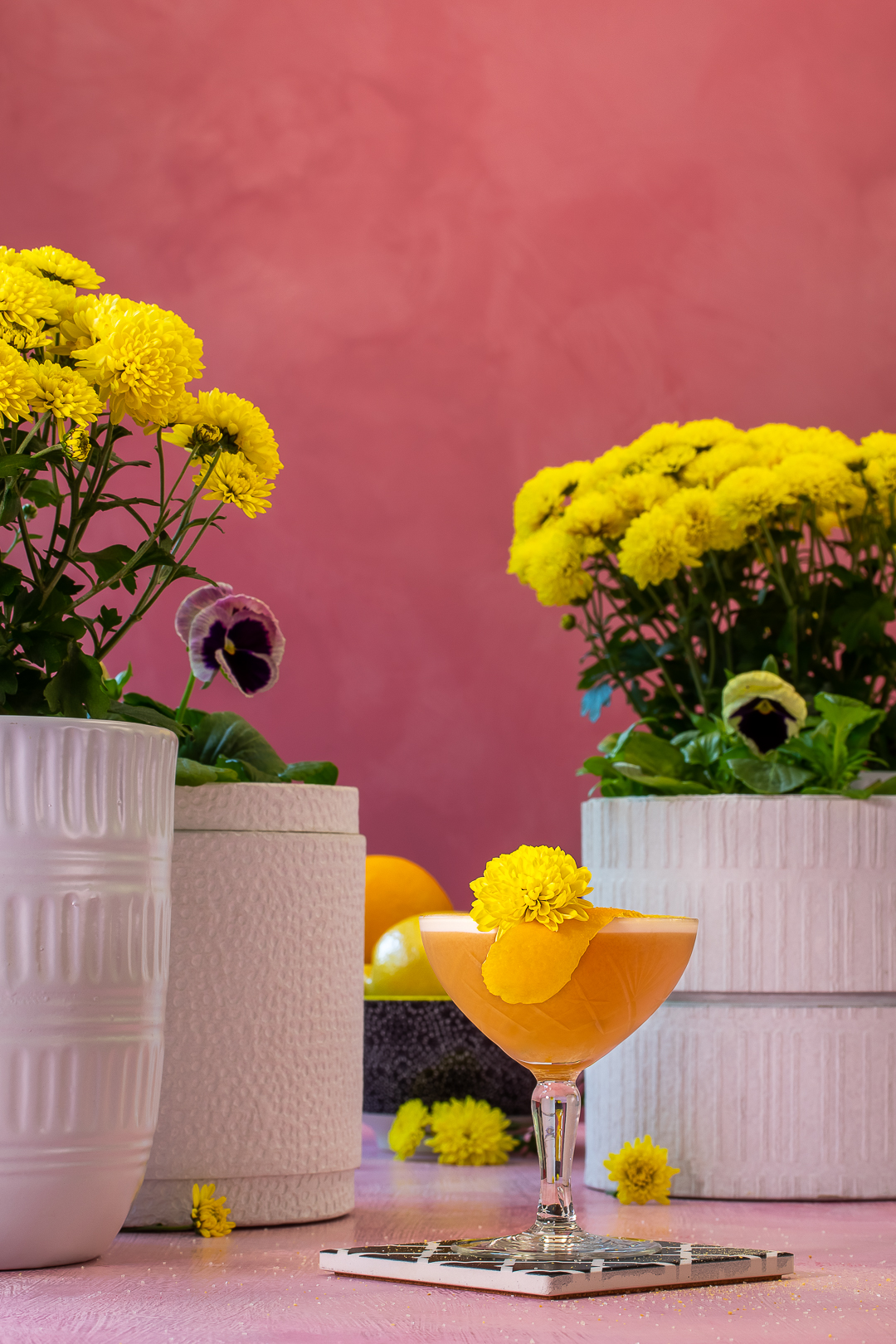
Aged Jamaican Rum
I used the 12 year old Appleton Estate Jamaican Rum which has lovely orange and spice notes that I have highlighted using orange oils and juice and spices in the oleo saccharum shrub, orange oils in the orange twist and the mandarin oils in the mandarin dust.
Spiced Lemon & Orange Oleo Saccharum Shrub
I have replaced the lemon and orange juice in Embury’s (1948: 141) Honey Bee recipe with a Spiced Lemon & Orange Oleo Saccharum Shrub. Adding the lemon and orange to an oleo saccharum shrub extracts lemon and orange essential oils as well as using the citrus juice as a souring agent. Using both the oils and the sour juice creates a more intense sour flavour than either one of these elements alone. Adding spices – in this case star anise, cinnamon and cardamom adds a further note of spice that connects with the complex spice notes of aged Jamaican Rum.
What is oleo saccharum & oleo saccharum shrub? Limonado, Oil Sugar, Shrub, Sherbet
Oleo saccharum meaning oil sugar is an old recipe that calls for citrus oils extracted through contact with sugar. Oleo saccharum shrub or sherbet involves the sugar and citrus oil mixture having citrus juice added and sometimes alcohol, to be consumed in fresh Punch or preserved as bottled Punch.
Limonado, Hannah Woolley 1670: ‘the Juyce of two Limons and some of the Pill’
David Wondrich (2010: 90-91) in Punch writes of a combination of citrus and sugar with alcohol similar to Punch, in a 1670 print recipe for ‘253. To make Limonado.’ by Hannah Woolley appearing in her book The Queen-like closet or rich cabinet and later instances of oleo saccharum appearing in Punch recipes. Hannah Woolley’s (1670) recipe for Limonado calls for ‘Sack’ (Sherry), Brandy, water, sugar and the peel and juice of two lemons referred to in the recipe as ‘the Juyce of two Limons and some of the Pill’, she writes:
“Take one Quarrt of Sack, half a Pint of Brandy, half a Pint of fair Water, the Juyce of two Limons, and some of the Pill, so brew them together, with Sugar, and drink it.”
Hannah Woolley (1670). The Queen-like Closet or Rich Cabinet. 2nd ed. Richard Lowndes: London.
How to make oleo saccharum shrub or sherbet
Oleo saccharum shrub is easy to make, although it does require some advance preparation and time for maceration where the sugar absorbs the citrus oils. Let’s unpack how to extract citrus oils using sugar and create a shrub by adding citrus juice through a close reading of vintage recipes for oleo saccharum shrub.
Step 1: Oleo saccharum or oil sugar
The first step is to extract the citrus oils from the citrus peels using sugar – vintage recipes use coarse loaf or lump sugar rubbed, stirred, or ground with the peels to extract oils. This is the oleo saccharum or oil sugar.
Old Punch recipes have many interesting tips for making oleo saccharum shrub which describe the importance of extracting the taste and aroma of citrus essential oils using hard loaf sugar by rigorous and time consuming methods such as stirring lump sugar with citrus peels for a lengthy period, rubbing thinly peeled lemons on lumps of sugar to release the oils and pounding citrus peel and sugar in a mortar and pestle.
Punch á la Ford, Jerry Thomas 1862: “stirred the peel and the sugar together with an oar-shaped piece of wood…extracting a greater quantity of the essential oil”
Jerry Thomas (1862: 21) in his Bar-tender’s Guide in his recipe for Punch á la Ford describes the process for making oleo saccharum used by General Ford requiring careful peeling of the lemons so as to capture only the peel where the ‘essential oils’ are and avoiding the white pith, and stirring a large batch for a lengthy period with a wooden oar-like implement:
“He would select three dozen of lemons, the coats of which were smooth, and whose rinds were not too thin ; these he would peel with a sharp knife into a large earthen vessel, taking care that none of the rind should be detached but that portion in which the cells are placed, containing the essential oil ; when he had completed the first part of the process, he added two pounds of lump-sugar. And stirred the peel and sugar together with an oar-shaped piece of wood, for nearly half an hour, thereby extracting a greater quantity of the essential oil.”
Jerry Thomas (1862: 21). Bar-tender’s Guide. Dick & Fitzgerald: New York.
Punch, William Terrington 1869: ‘flavour and scent’ of lemon peel, ‘ambrosial essence’
William Terrington (1869: 209) in Cooling Cups and Dainty Drinks indicates in a recipe for Punch that in making oleo saccharum the lemon peels should be paired very thinly to avoid bitter white pith – the taste and most importantly the aroma or ‘scent’ of the essential oils referred to as the ‘ambrosial essence’ of the citrus is extracted through absorption by sugar:
“…the peel should be cut very thin, by reason that the flavour and scent, which constitute its most valuable properties, reside in minute cells close to the surface of the fruit, so, by slicing it very thin, the whole of the minute receptacles are cut through, and double the quantity of the oil is obtained ; or the outer rind may be rubbed with lump of sugar, which, as it breaks the delicate vessels, absorbs the ambrosial essence. To make the sugared essence (or oleo-saccharum), either pursue the above method, and as the sugar is impregnated with the essence, scrape it off with a knife from the lump, or peel some lemons very thin and pound the peel into a stiff dry paste in a marble mortar, with sufficient sugar, and preserve it for use, closely pressed in a tightly covered jar.”
William Terrington (1869: 209). Cooling cups and Dainty Drinks. George Routledge and Sons: London & New York.
Step 2: oleo saccharum shrub or sherbet (citrus oil sugar + citrus juice)
To complete the process and make an oleo saccharum shrub also known as sherbet the oil sugar mixture has citrus juice added and stirred in to dissolve the sugar. Recipes call for straining of the shrub or sherbet to remove the citrus peels, although in some cases recipes use peels as fresh Punch garnishes. Some recipes add alcohol for bottling Punch as with Jerry Thomas’ (1862: 22) Punch á la Ford recipe where he adds Jamaican Rum and Cognac, preserving the shrub for up to a year. Alternatively, recipes may call for the shrub as the base for fresh Punch.
Modern oleo saccharum methods: Using a sealed vessel and finely granulated sugar
The method I use in my oleo saccharum shrub recipe is informed by the modern recipe of bartender Jeffrey Morganthaler (2012; 2014: 110) in his blog post Vacuum Seal Oleo Saccharum and his book The Bar Book where he uses a vacuum sealed bag or other sealed vessel to make the most of the absorbent quality of modern finely granulated sugar. This method extracts essential oils effectively and has the advantage of not requiring the texture of lump sugar to release the oils through force such as rubbing, stirring, or pounding used in the vintage recipes (for more on this see David Wondrich (2010: 91) in Punch) as this form of sugar is no longer readily available.
Detailed tips for making Spiced Lemon & Orange Oleo Saccharum Shrub at home using a preserving jar
Here are my detailed tips on how I make my oleo saccharum shrub at home using a Kilner preserving jar and a process of muddling sugar and citrus peels and long cold maceration, stirring in juice to dissolve sugar and straining.
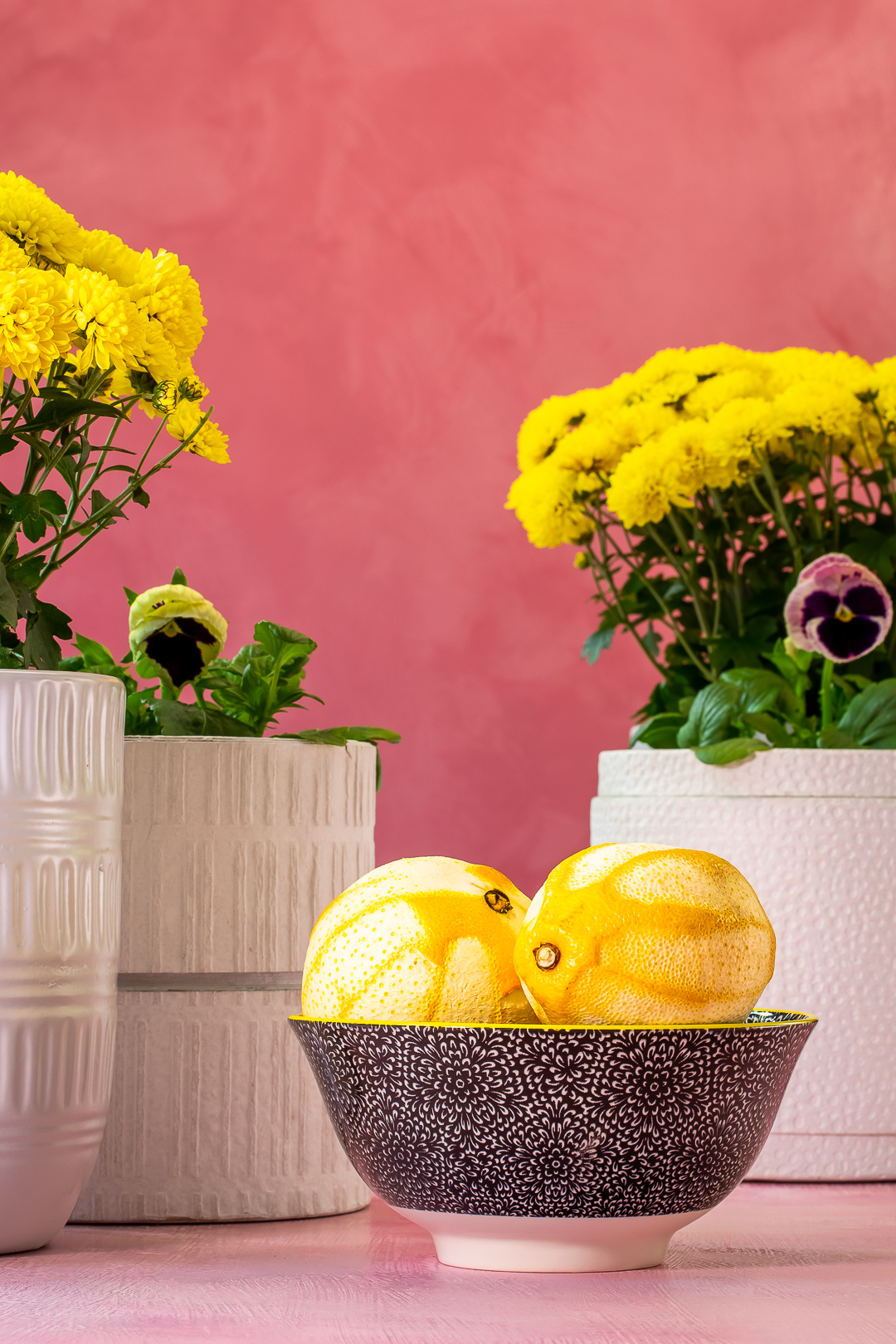
Peeling: Firstly, I peel two lemons and an orange using a sharp bladed peeler that retains the outer zest leaving behind the bitter white pith. The peels contain the orange and lemon essential oils that are key to making oleo saccharum or oil sugar.
Sugar: Simply add the peels along with fine caster sugar (50mls/lemon, 75mls/orange – total 175mls – see David Wondrich (2022: 514-515) in Oleo-saccharum in The Oxford Companion to Spirits & Cocktails for more on the ratio of sugar to peel) to a Kilner or other preserving jar with a ring seal – this is important as the sealed environment of the jar means that the sugar draws out more essential oils from the peels. You can measure your fine caster sugar using a measuring jug in millilitres.
Muddling: Before sealing your jar give a good muddle of the peels and sugar to rub the peels on the sugar granules and release more oils. Add your spices and seal the preserving jar.
Warmth: Leave the jar at room temperature for one hour.
Refrigerate while long slow macerating: Then store your preserving jar in the fridge overnight.
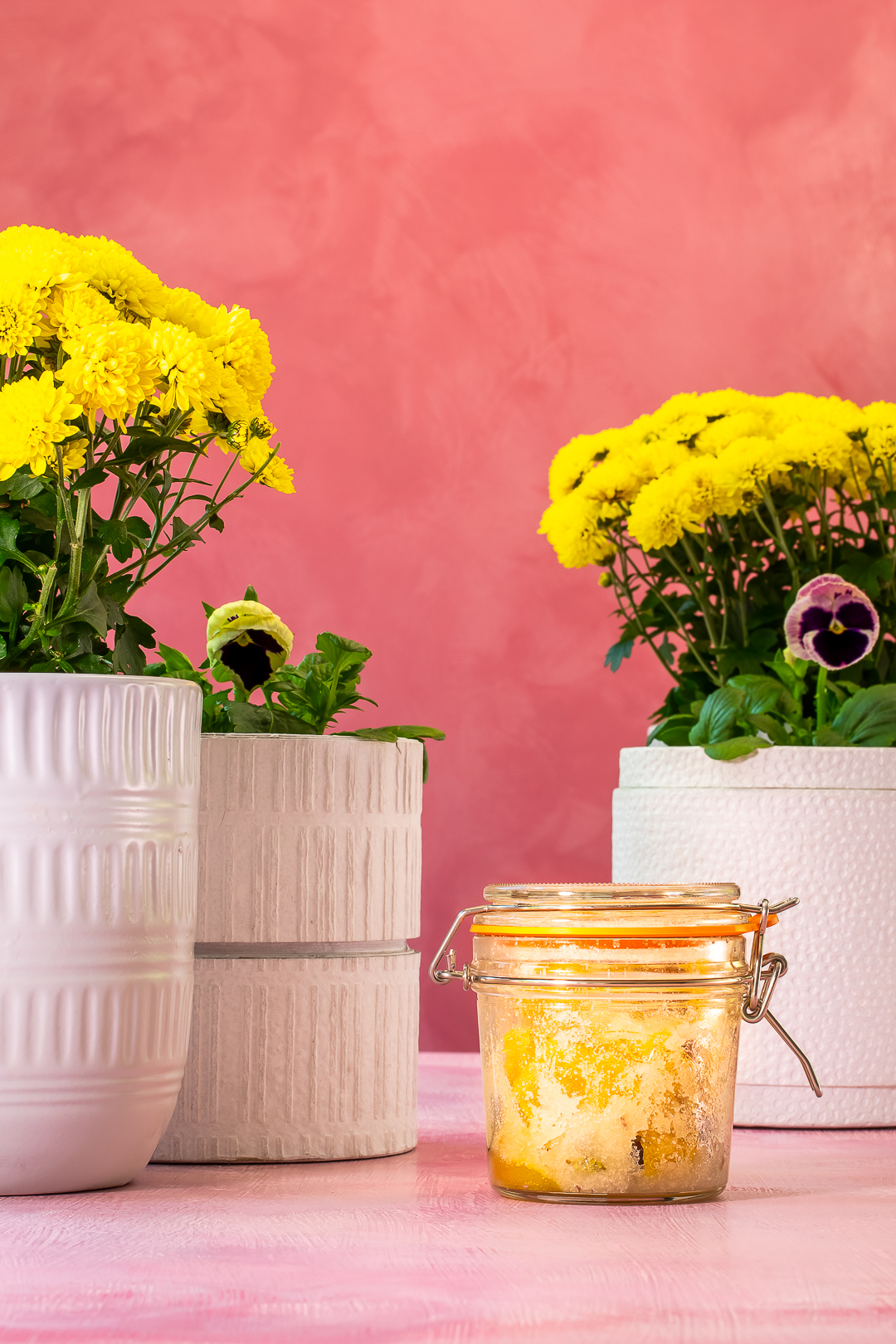
More muddling: Take the jar out of the fridge and give another muddle half way through.
Add a little warmth and a bit more muddling: Remove the jar from the fridge – the sugar should have absorbed essential oils and appear wet and melted. If your sugar still appears dry, try muddling another time and leaving the sealed jar out of the fridge at room temperature for an hour or so.
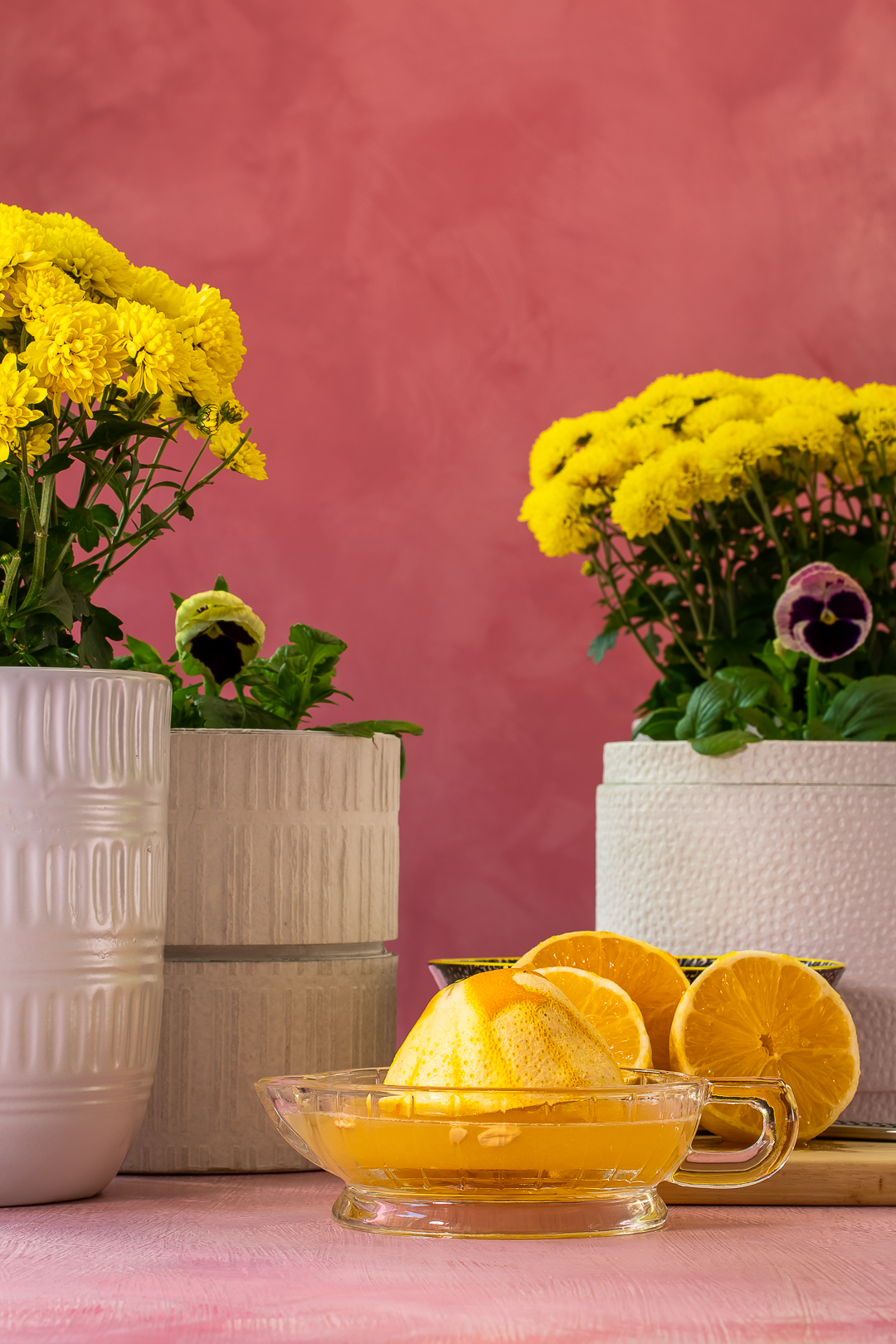
Preparing citrus juice: I like to squeeze my citrus by hand and then strain before adding to the oleo saccharum or oil sugar.
Adding citrus juice: Once the sugar appears melted add the juice of the lemons and orange (total citrus juice used should measure the same as your total sugar – 175mls).
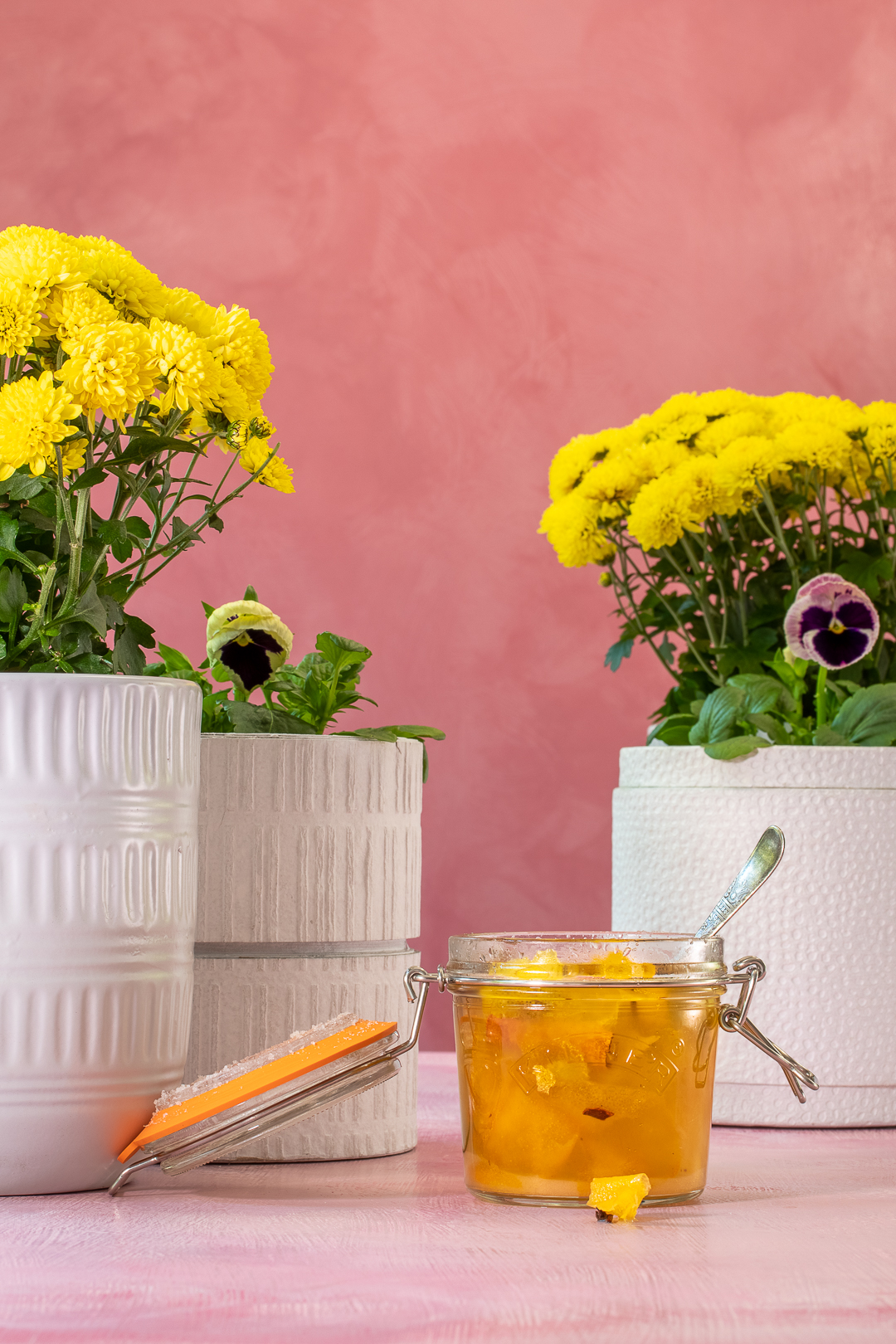
Stir to dissolve sugar: Stir well to dissolve sugar into citrus juice.
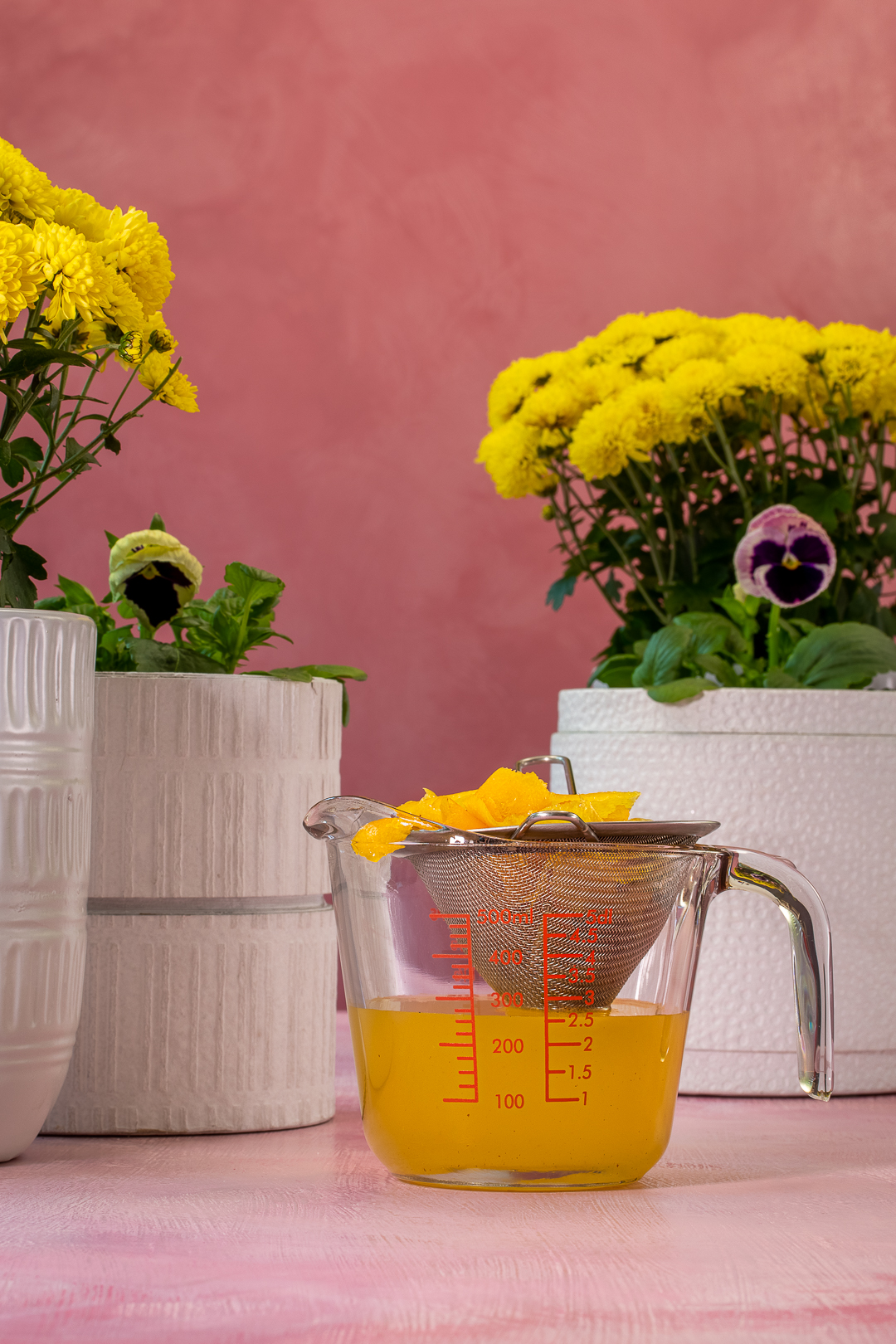
Double strain: carefully double fine strain oleo saccharum shrub to remove the peels and hard spices to avoid small particles (unless you want to use the peels as a Punch garnish in which case retain these and add them to your Punch).
Decant & refrigerate: pour your finished oleo saccharum shrub into a clean glass container and refrigerate. The oleo saccharum shrub will last for up to 10 days in the fridge.
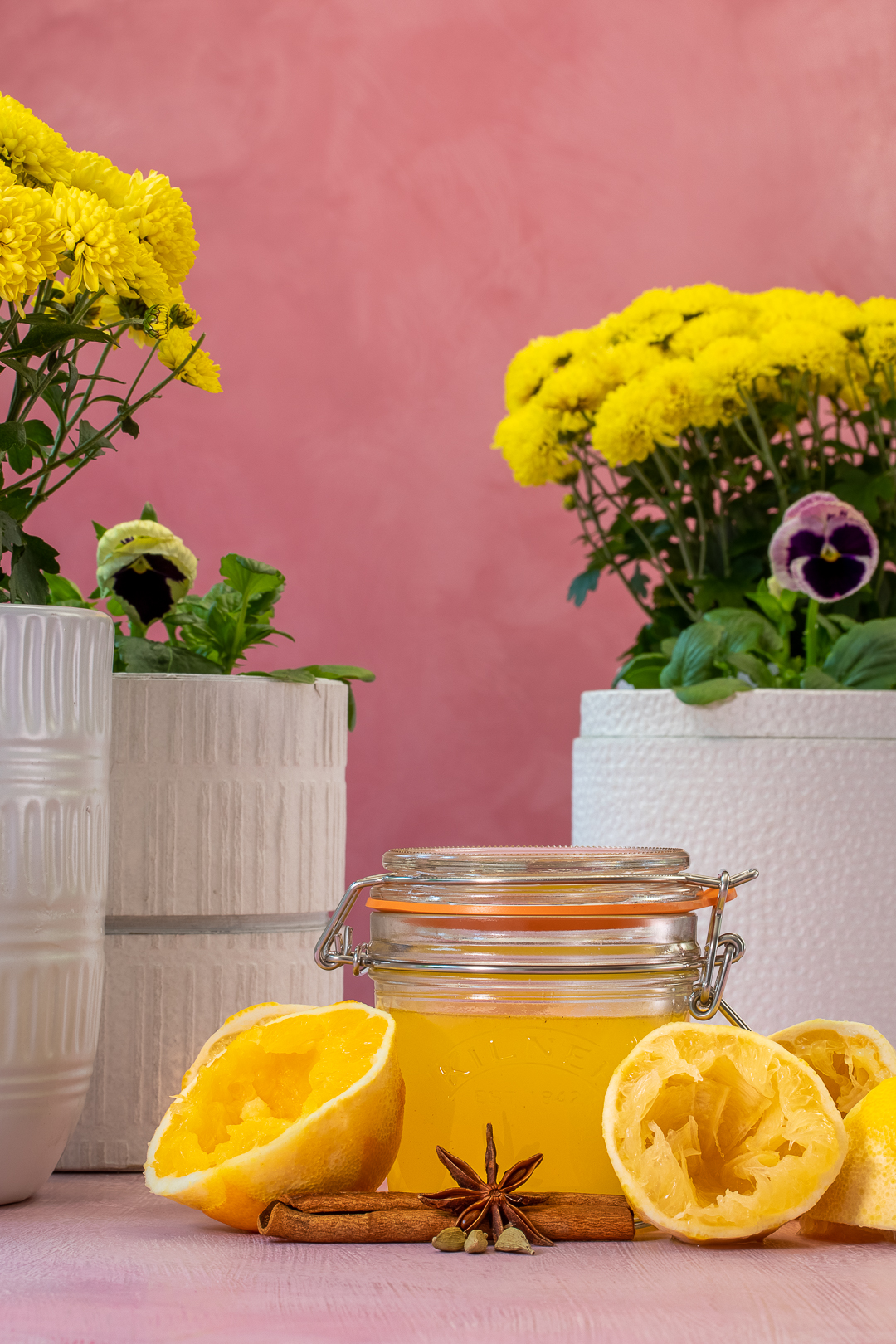
Extra Rich Honey Syrup 3:1
Extra Rich Honey Syrup 3:1 offers further texture and sweetness to balance the citrus juice in the oleo saccharum shrub. Extra rich honey syrup is easy to make – simply mix 3 parts honey by weight with 1 part water by weight, heat to melt honey, cool, decant into a clean glass container and refrigerate any leftover syrup. Honey Syrup is easer to mix drinks with when using ice as it is runnier and more easily combines with other ingredients when cold compared to straight honey. Creative variations on the Bee’s Knees and Honey Bee can easily be made by infusing herbs and spices into your honey syrup – see for example my post on Lemon Myrtle Honey Syrup.
Egg White
Egg white gives beautiful rich creamy texture to this super fancy sour.
How to make a Fancy Honey Bee Cocktail: Reverse Dry Shake
The Fancy Honey Bee cocktail is prepared by adding all ingredients – Spiced Lemon & Orange Oleo Saccharum Shrub, Extra Rich Honey Syrup, egg white and aged Jamaican Rum to a shaker tin with ice, sealing the tins and reverse dry shaking. Firstly, shaking with ice, then straining, and shaking another time dry with no ice. Finally, I strain the finished drink into a chilled coupe. This method has the advantage of aerating the drink and especially the combination of egg white (fat), oleo saccharum shrub (acid + sugar + essential oils) and honey (viscous sweetener) which creates luscious rich texture and mouthfeel.
Super Fancy Garnish & Styling
Garnishing with an orange twist adds a finish of sweet fragrant orange oils on the surface of the drink as well as adding the colour orange important for our anticipation of sour orange flavour in this drink where I have highlighted the orange notes of the aged Jamaican Rum. Mandarin dust adds a complementary sweet-sour-fragrant textured sprinkle of orange-yellow mandarin oil and a further burst of citrus aroma. While the yellow chrysanthemum recalls us to the name of the cocktail a Honey Bee and the honey that forms the foil to the sourness of lemon and orange juice. The cocktail is served in a fancy coupe set on a stone geometric patterned coaster – this black and white pattern connects with the black and white chrysanthemum patterned bowl with a yellow rim in which the lemons and orange are presented and offers a visual cue to the patterns of bees – yellow, orange, and black – along with the yellow chrysanthemum flowers. The yellow and purple pansies offer contrasting softness in their faces compared to the layers of many petaled chrysanthemums. The pink hand painted background gives a contrast to the yellow and orange of the Honey Bee cocktail and the chrysanthemums. The Fancy Honey Bee draws on vintage fancy Sours and on modern tropical cocktails to create an elaborate and beautiful cocktail experience that transports us elsewhere into the sweet and aromatic flower filled world of a honey bee.
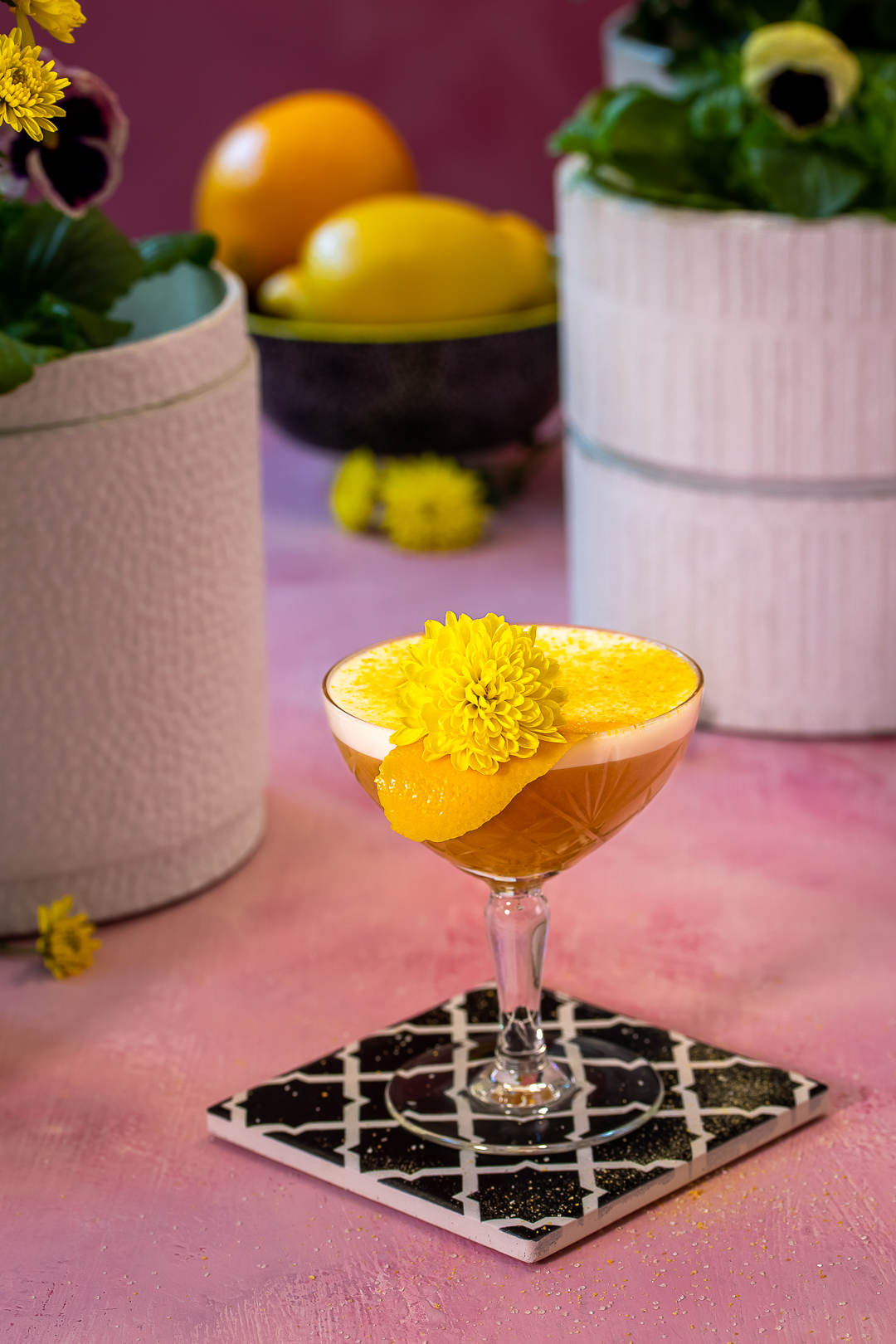
Fancy Honey Bee Cocktail
Print RecipeIngredients
- SPICED LEMON & ORANGE OLEO SACCHARUM SHRUB
- 2 lemon peels
- 1 orange peel
- 175mls caster sugar
- 1 cinnamon stick
- 2 star anise
- 6 cardamom pods, crushed
- 175mls citrus juice (juice of 1 orange + enough lemon juice to make up 175mls)
- Flip top sealable preserving jar (e.g., Kilner Jar with rubber seal and clip seal lid)
- EXTRA RICH HONEY SYRUP 3:1
- 75grms (about ¼ cup) Honey
- 25grms (about 1 ½tbspns) Water
- FANCY HONEY BEE COCKTAIL
- ½ oz. Extra Rich Honey Syrup
- ¾ oz. Spiced Lemon and Orange Oleo Saccharum Shrub
- 2 oz. Aged Jamaican Rum, Appleton Estate 12 Year
- 1 Egg White
- Garnish: Orange twist, Mandarin dust, edible yellow chrysanthemum
- Glassware: Coupe
Instructions
SPICED LEMON & ORANGE OLEO SACCHARUM SHRUB: Wash lemons and orange well in hot water.
Peel lemons and orange with a sharp bladed peeler and reserve the peels in a flip top rubber sealed Kilner or another preserving jar.
Reserve the orange and lemons for juicing later (see below).
Add caster sugar to lemon and orange peel in preserving jar.
Muddle caster sugar and citrus peels with a muddler to release citrus oils.
Crush cardamom pods to release the seeds but leave them whole.
Add spices to the preserving jar along with citrus peels and sugar.
Seal preserving jar and leave at room temperature for 1 hour.
Refrigerate preserving jar with peels, sugar, and spices overnight to macerate.
Remove halfway through this process and muddle and stir the mixture.
Remove preserving jar from the fridge – sugar should appear wet and sticky with citrus oil.
If sugar still appears dry – muddle again and leave jar at room temperature for a further hour.
Once sugar appears wet and melted it is ready to have the citrus juice added.
Juice 1 orange and then make up the 175mls citrus juice with lemon juice from remaining lemons.
Add strained citrus juice to sugar, peels, and spices and stir well to combine and dissolve sugar.
Double fine strain the mixture to remove the spices and peels.
Decant into a clean glass container and store in the refrigerator for up to 10 days.
EXTRA RICH HONEY SYRUP (3:1): Measure honey and water by weight using a kitchen scale – weigh one part water to three parts honey.
Combine honey with water in a small pan and heat over low heat, stirring until honey has melted. Decant into a clean glass jar – cool and refrigerate.
FANCY HONEY BEE COCKTAIL: Add all ingredients to a shaker tin with ice and seal tins.
Reverse Dry Shake - shake well wet, with ice. Strain out ice. Shake dry with no ice. Take care to hold tins tight as without ice the seal will not be as close.
Strain into a chilled coupe.
Garnish with an orange twist – gently bending the twist over the drink to express the orange oils over the cocktail. Twist and rest on the rim of the glass. Sprinkle with Mandarin Dust. Garnish with a yellow edible chrysanthemum.
Notes
Bee’s Knees & Honey Bee Cocktail Recipes & History
Anon. (1929). Bars in Paris for ‘Madame’ Close Doors to Mere Male: Each Fair Customer has Favourite Cocktail. In: The Standard Union, 22 April, 2. Available at: https://www.newspapers.com/ (accessed 7 July 2022).
Anon. (2013). Hotel Ritz Ladies Bar. In: Lost Womyn’s Space. (accessed 23 May 2023).
Jared Brown & Anistatia Miller (2022). Is the Bee’s Knees Cocktail Making a Comeback? In: Imbibe Live. (Accessed 24 May 2023).
David Embury (1948). The Fine Art of Mixing Drinks. Mud Puddle: New York.
Eric Felten (2022: 76). Bee’s Knees. In: David Wondrich with Noah Rothbaum (2022). The Oxford Companion to Spirits & Cocktails. Oxford University Press: New York.
Frank Meier (1929: 72). Bee’s Knees. In: RIP (Thenon G G) (1929). Cocktails de Paris. Editions Demangel: Paris.
Frank Meier (1936). The Artistry of Mixing Drinks. Fryam Press: France.
Elva Ramirez (2019). Historic Drinks: Inside bar Hemingway One of Paris’ Most Storied Venues. In: Forbes. (Accessed 24 May 2023).
Sipsmith (2019). Sip: 100 Gin Cocktails with Only Three Ingredients. Octopus: United Kingdom.
Oleo Saccharum Shrub Recipes & History
Jeffrey Morganthaler (2012). Vacuum Seal Oleo Saccharum. In: Jeffrey Morganthaler. (accessed 22 May 2023).
Jeffrey Morganthaler (2014). The Bar Book: Elements of Cocktail Technique. Chronicle Books: San Francisco, California.
William Terrington (1869). Cooling cups and Dainty Drinks. George Routledge and Sons: London & New York.
Jerry Thomas (1862). Bar-tender’s Guide. Dick & Fitzgerald: New York.
David Wondrich (2010). Punch. Perigree: New York.
David Wondrich (2022: 514-515). Oleo-Saccharum. In: David Wondrich with Noah Rothbaum (2022). The Oxford Companion to Spirits & Cocktails. Oxford University Press: New York.
Hannah Woolley (1670). The Queen-like Closet or Rich Cabinet. 2nd ed. Richard Lowndes: London.
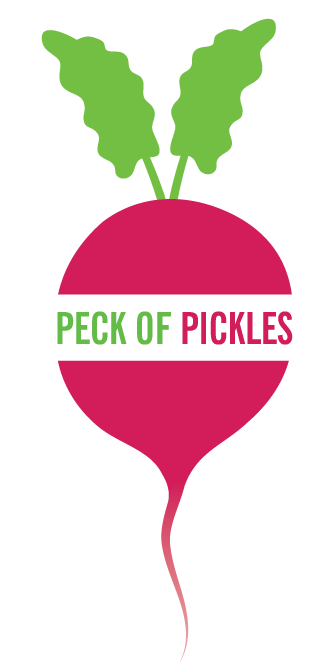
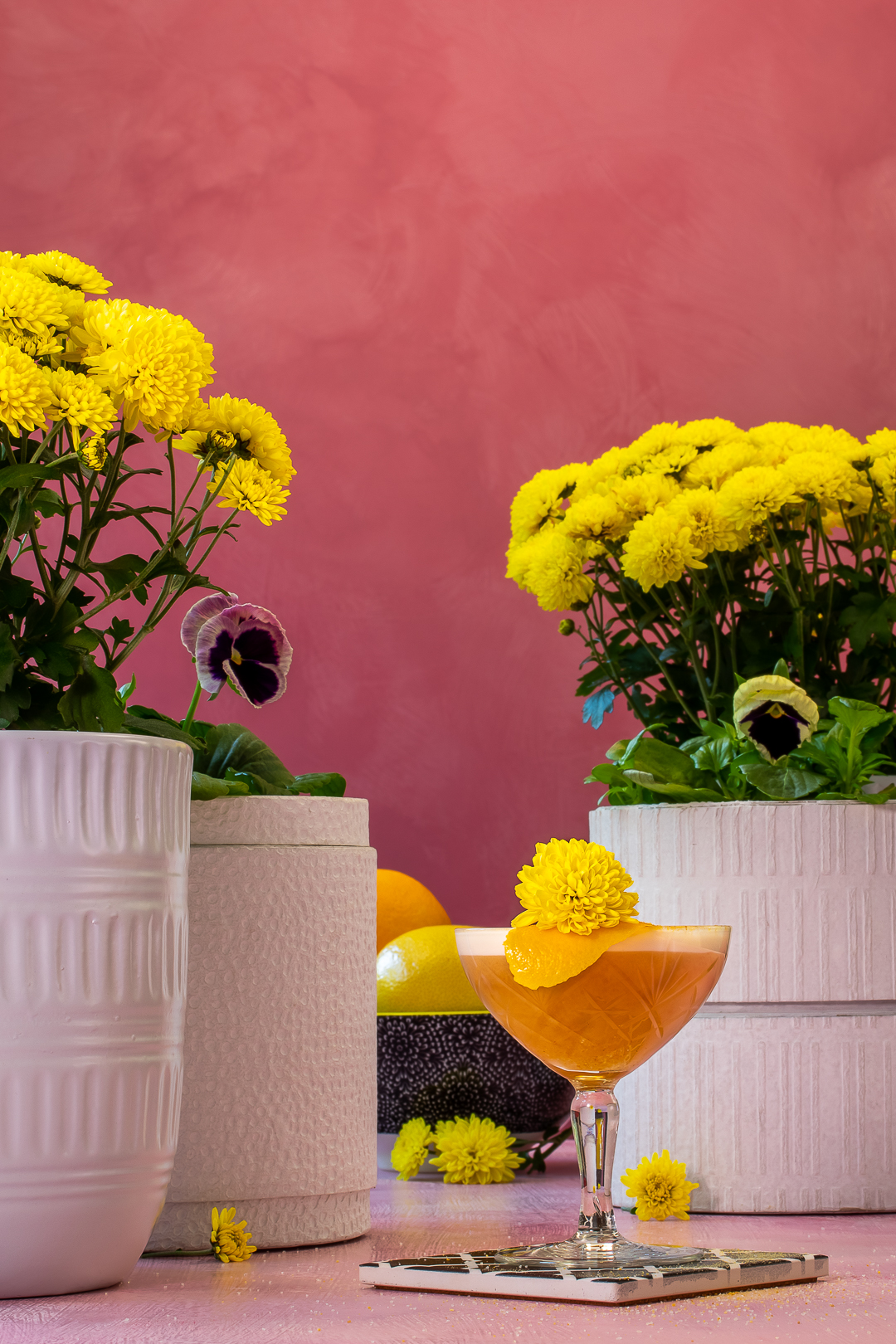
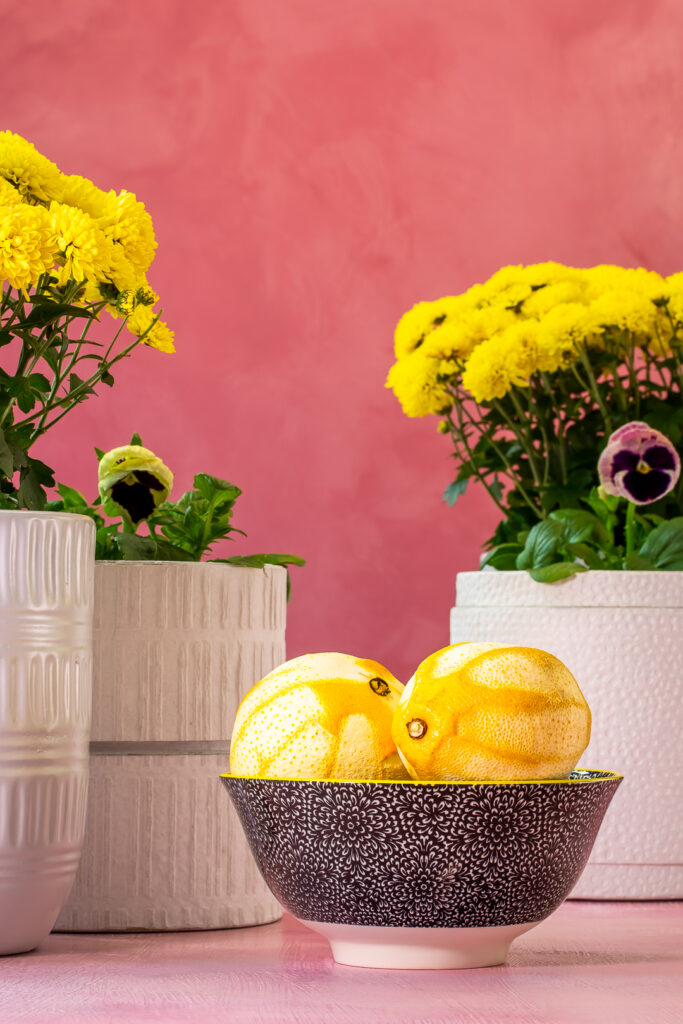
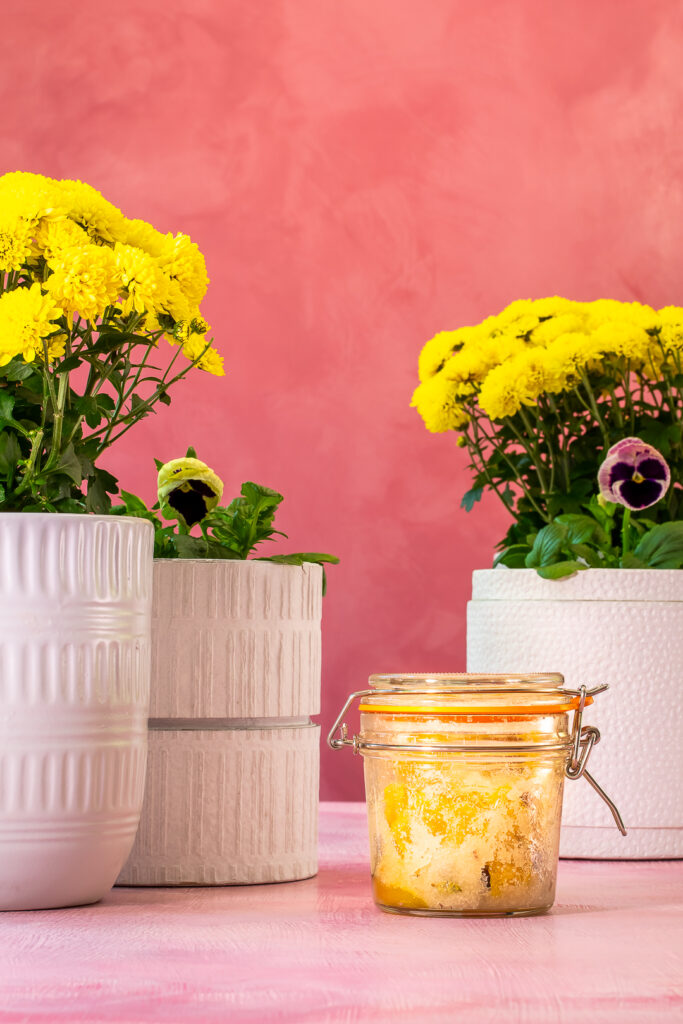
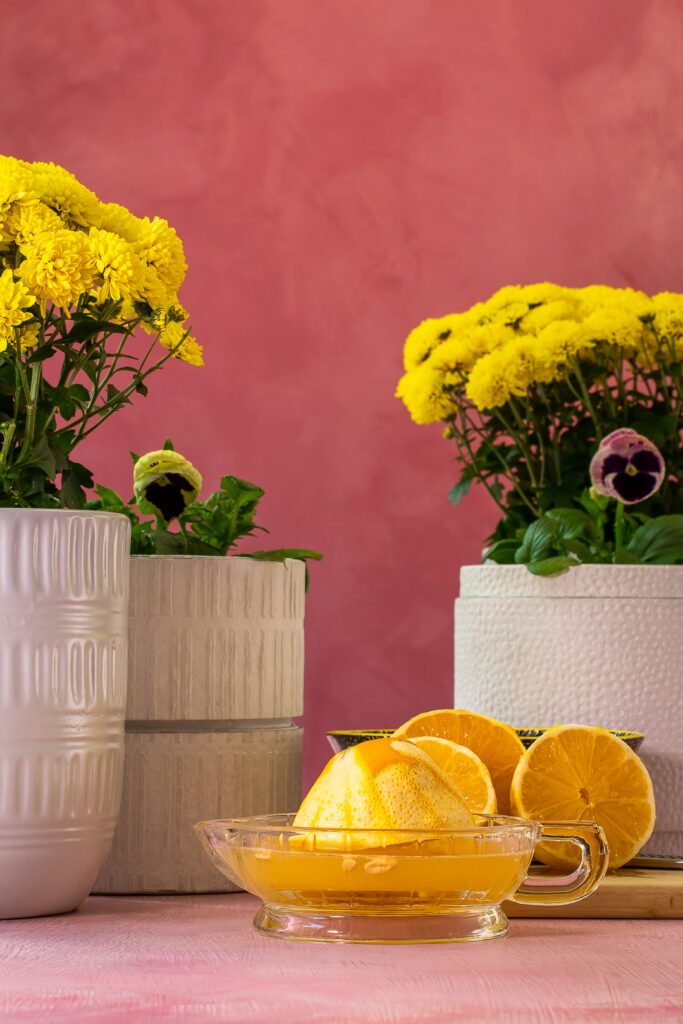
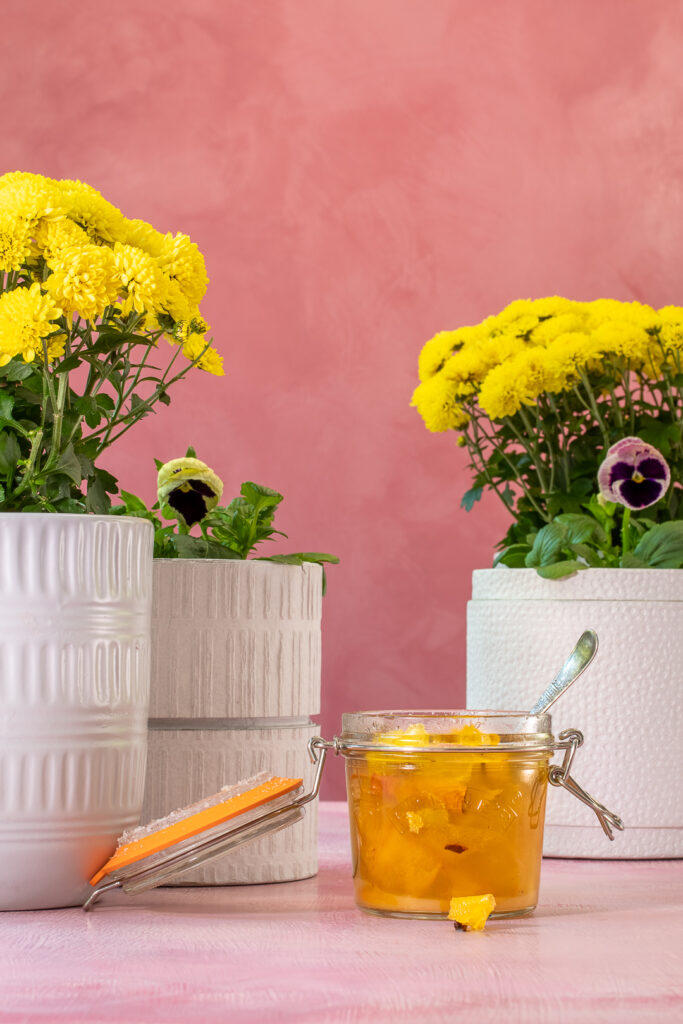
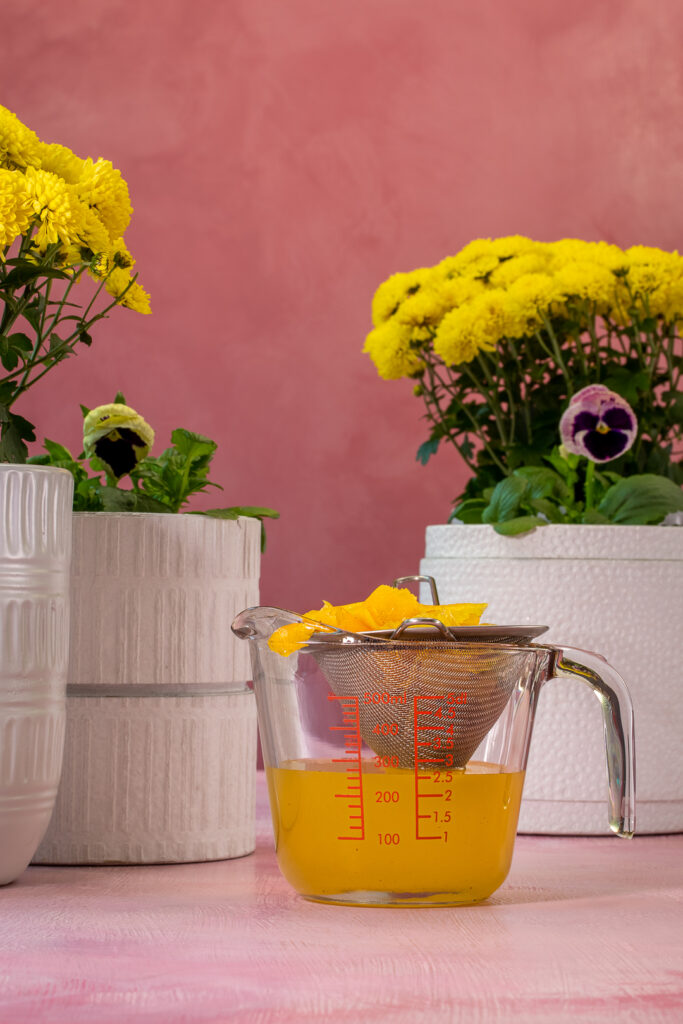
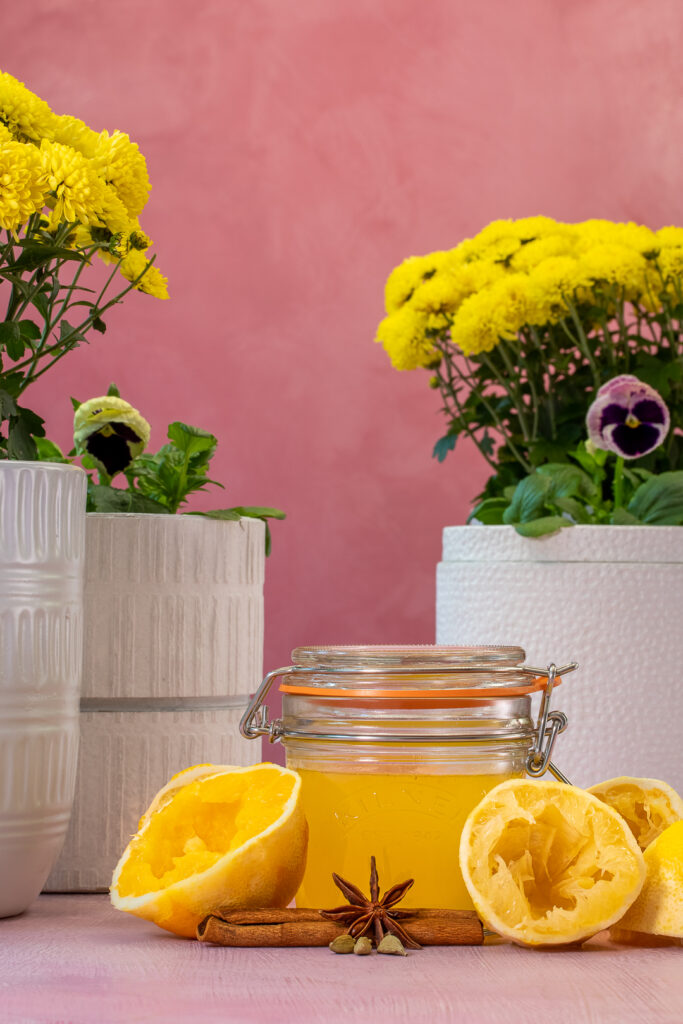
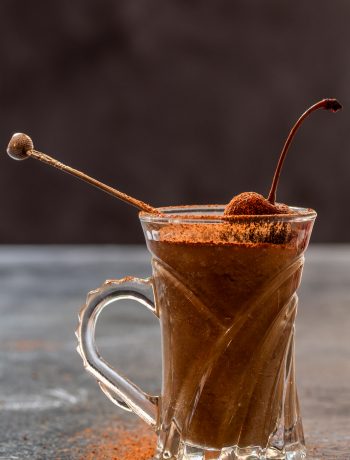
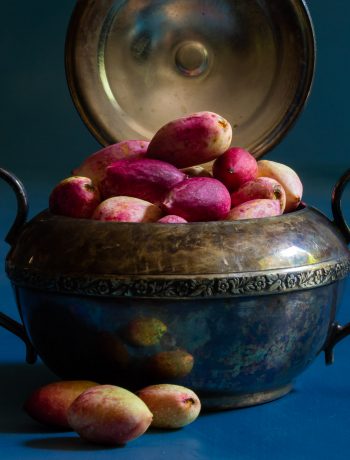
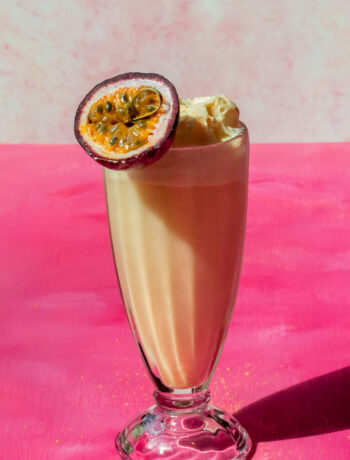
No Comments